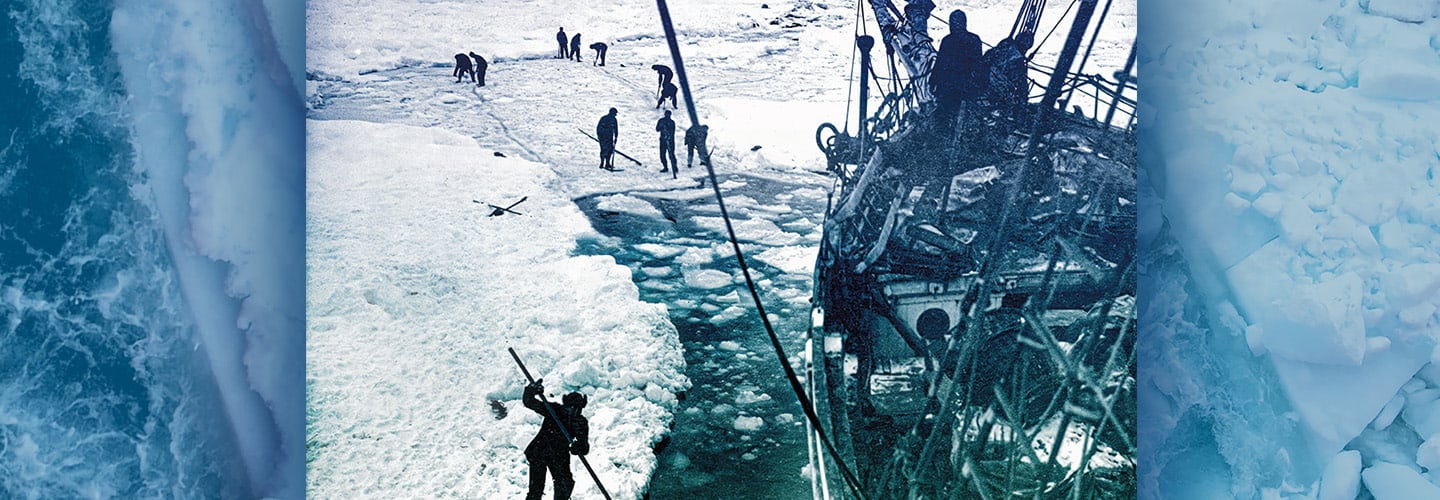Royal Geographical Society via Getty Images
Ernest Shackleton
For nine months, Ernest Shackleton and the 27 members of his crew had faced disaster in Antarctica. Their ship, the Endurance, had been stuck in the frozen Weddell Sea since January 1915.
Finally, the force of the ice became too much. Boards snapped and water rushed in. On October 27, the men had to abandon ship. A few weeks later, they watched as the Endurance sank. With the ship went Shackleton’s dream of leading the first expedition to cross Antarctica.
The crew raced against time to escape from the world’s coldest place. Their struggle became a legendary tale of survival.
Earlier this year, that story got a new chapter. In March, researchers found the wreckage of the Endurance—nearly 2 miles below the ocean’s surface.
For nine months, Ernest Shackleton and the 27 members of his crew had faced disaster in Antarctica. Their ship was called the Endurance. It had been stuck in the frozen Weddell Sea since January 1915.
Finally, the force of the ice became too much. Boards snapped. Water rushed in. On October 27, the men had to abandon ship. A few weeks later, they watched as the Endurance sank. With the ship went Shackleton’s dream. He wanted to lead the first expedition to cross Antarctica.
The crew raced against time. They had to escape from the world’s coldest place. Their struggle became a legendary tale of survival.
Earlier this year, that story got a new chapter. In March, researchers found the wreckage of the Endurance. It was nearly 2 miles below the ocean’s surface.

